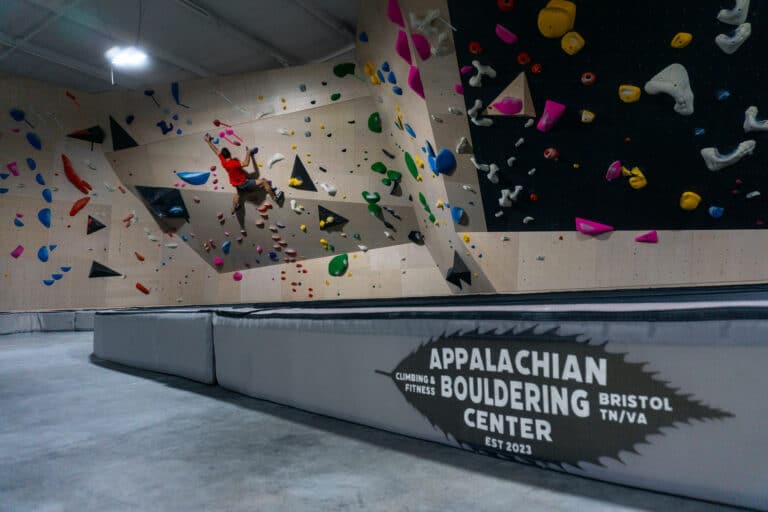 Sometimes I read an article and I hear an idea positioned in it as if it were one many are having. It then gets in my head, I discuss it with friends and then the idea has taken on a life of its own. No matter that I had never heard the idea before, nor had anyone else I had been speaking to who would be in the know in the matter. This makes me wonder if the author of the article just had a whisker of an inkling of an idea and then just wanted to create a little hubbub so they created the article as if it were a major discussion. In this particular instance the idea I am speaking about is an article written on WSJ online about changing the NYC Marathon course.
Sometimes I read an article and I hear an idea positioned in it as if it were one many are having. It then gets in my head, I discuss it with friends and then the idea has taken on a life of its own. No matter that I had never heard the idea before, nor had anyone else I had been speaking to who would be in the know in the matter. This makes me wonder if the author of the article just had a whisker of an inkling of an idea and then just wanted to create a little hubbub so they created the article as if it were a major discussion. In this particular instance the idea I am speaking about is an article written on WSJ online about changing the NYC Marathon course.
One of the pros for this proposed change (of which there is no real course substitution given- just that it may need to “change”) is that NYC Marathon course is too slow. This year’s winner ran in a “pedestrian” slow time of 2:08, nearly 2 minutes slower than Sammy Wanjiru’s time at Chicago a month earlier. The suggestion is that athletes are bypassing the tougher course of New York to go elsewhere. And while Chicago did have one of the most talented fields ever assembled this past October, I would hardly say that having the current World Record holder, the previous winner of New York and two of the best marathon runners in the US in New York’s field made it second rate. Having seen behind the current of marathon running, I know it is often NOT the course that makes the decisions where runners choose to go. Rather, it is bonuses from the race itself, interpersonal relationships between the runner and the promoters, the agent and the promoters, or the runner and the agent and the city and the promoters and the sponsors and the organizer and the…you get the point.
Another line of thinking, is that with a different course, more people could run the event. I guess having the largest field ever assembled for a marathon is not enough. Sure nearly 2/3 of those who wish to get into the race do not make it, but should all 120,000 who attempt to get in be allowed to do so? The WSJ article bemoans the fact that more charities could raise more money and the economic impact could be a little higher for the city. There is always room for more money fitting into the coffers of the city but the current estimation for New York’s Marathon impact is $250 million. Does it really need more? And to go against charitable organizations is like saying you hate fluffy puppies, but can’t the charities focus their energies on other races in other parts of the country or even completely different events? Sure New York is New York but it hasn’t always been “the” event. The way to make other events big is by sending runners there. San Francisco is a big city marathon that has for years suffered a second-city feeling because of the perceived challenges surrounding its course. It would welcome the “castaways” from the 80,000 who can’t get into New York each year, I am sure.







